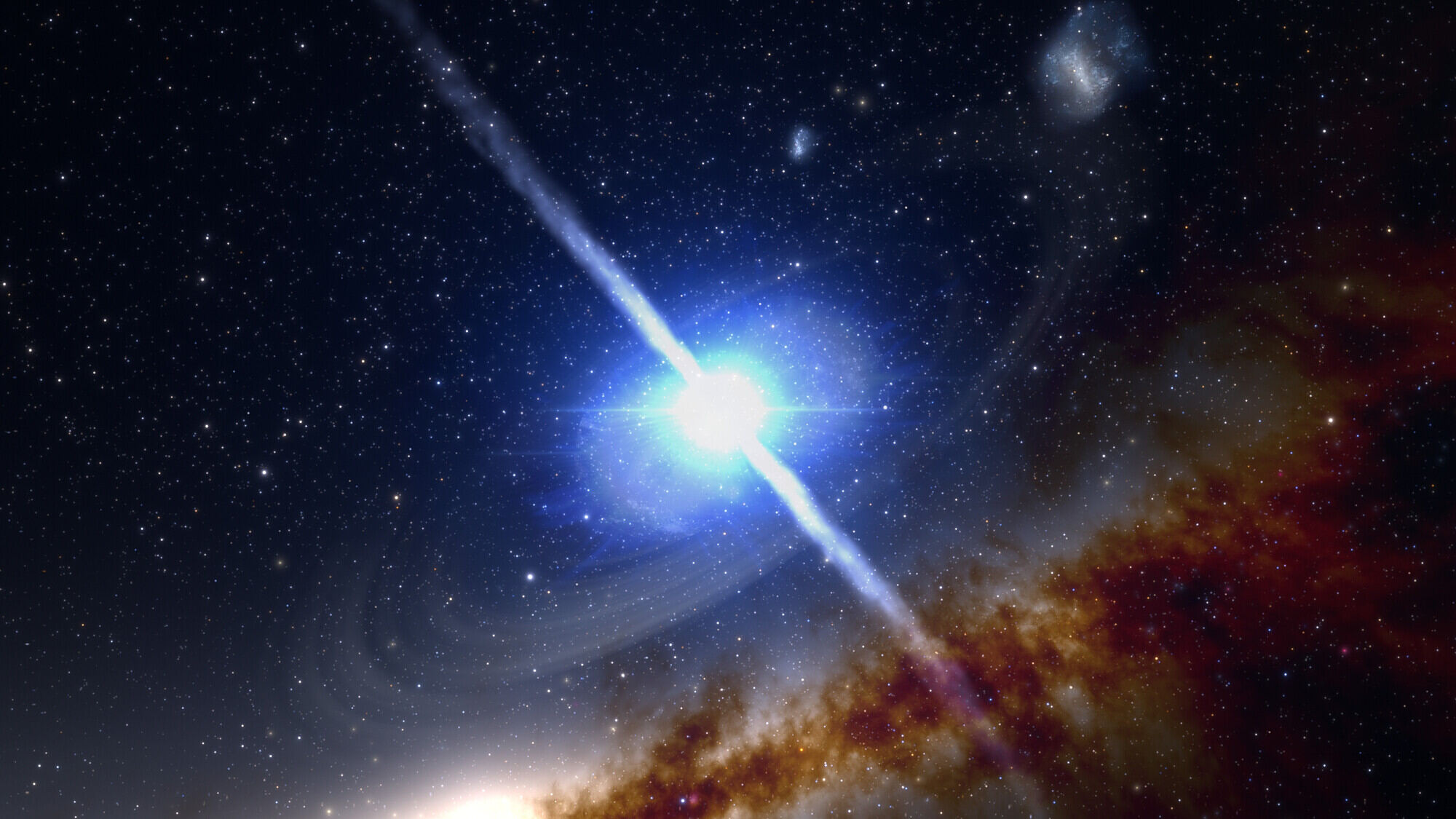
X-ray dim isolated neutron stars (XDINS) are some of the universe's most mysterious objects. These stars, remnants of supernova explosions, are incredibly dense, packing more mass than the sun into a sphere just a few miles across. Unlike their more famous cousins, pulsars, XDINS emit faint X-rays instead of radio waves. Why are they so dim? Scientists believe it’s due to their cooler temperatures and weaker magnetic fields. How do they form? When a massive star exhausts its nuclear fuel, it collapses under gravity, leaving behind a neutron star. What makes XDINS unique? Their isolation means they aren't part of binary systems, making them perfect for studying neutron star properties without interference. Curious about more? Let's dive into 26 fascinating facts about these cosmic enigmas.
What Are X-ray Dim Isolated Neutron Stars?
X-ray dim isolated neutron stars (XDINS) are fascinating celestial objects. They are neutron stars that emit low levels of X-rays and are not part of a binary system. These stars provide valuable insights into the universe's extreme conditions.
- XDINS are remnants of supernova explosions, the violent deaths of massive stars.
- They are incredibly dense, with a mass similar to the Sun but packed into a sphere only about 20 kilometers in diameter.
- The surface temperature of XDINS is around 1 million degrees Celsius, much hotter than the Sun's surface.
- XDINS emit X-rays due to their high surface temperatures, but the emission is relatively weak compared to other neutron stars.
- These stars are isolated, meaning they do not have a companion star to interact with or draw material from.
Unique Characteristics of XDINS
XDINS have several unique features that set them apart from other neutron stars. These characteristics make them intriguing subjects for astronomers.
- XDINS have strong magnetic fields, typically around 10^13 Gauss, which is a trillion times stronger than Earth's magnetic field.
- Their rotation periods are relatively long, ranging from a few seconds to several minutes.
- Unlike pulsars, XDINS do not emit regular radio pulses, making them harder to detect.
- The X-ray emission from XDINS is steady, without the bursts or flares seen in other neutron stars.
- XDINS are often found in regions with low interstellar gas density, which helps in studying their properties without interference.
How XDINS Are Detected
Detecting XDINS is challenging due to their faint X-ray emissions and lack of radio pulses. However, astronomers have developed methods to identify these elusive stars.
- XDINS are primarily detected using X-ray telescopes, such as the Chandra X-ray Observatory and XMM-Newton.
- Optical telescopes can sometimes spot the faint visible light emitted by XDINS, providing additional data.
- Astronomers use the star's thermal X-ray spectrum to distinguish XDINS from other X-ray sources.
- The absence of radio emissions helps differentiate XDINS from pulsars.
- Observations of XDINS often require long exposure times to gather enough data due to their faintness.
The Importance of Studying XDINS
Studying XDINS helps scientists understand the extreme conditions in the universe and the behavior of matter under such conditions.
- XDINS provide insights into the physics of neutron stars, including their structure and composition.
- They help researchers study the properties of matter at nuclear densities, which cannot be replicated on Earth.
- XDINS offer clues about the evolution of neutron stars and their magnetic fields.
- Understanding XDINS contributes to knowledge about the lifecycle of massive stars and supernova remnants.
- Research on XDINS can improve models of neutron star cooling and thermal evolution.
Interesting Facts About XDINS
Here are some more intriguing facts about XDINS that highlight their unique nature and significance in astrophysics.
- XDINS are sometimes referred to as "Magnificent Seven" because only seven such stars are currently known.
- The closest known XDINS is RX J1856.5-3754, located about 400 light-years from Earth.
- XDINS are believed to be relatively young, with ages estimated to be around a few hundred thousand years.
- The study of XDINS has led to the discovery of new types of neutron stars, such as magnetars and quark stars.
- XDINS can help test theories of general relativity and quantum mechanics under extreme conditions.
- Future advancements in X-ray astronomy may reveal more XDINS, expanding our understanding of these mysterious objects.
The Final Word on X-ray Dim Isolated Neutron Stars
X-ray dim isolated neutron stars (XDINS) are fascinating cosmic objects. They offer a unique glimpse into the universe's mysteries. Unlike other neutron stars, XDINS are quieter in X-ray emissions, making them harder to detect. Despite their faintness, they provide valuable data about the life cycle of stars. XDINS are typically found in supernova remnants, indicating their violent origins. Their magnetic fields are incredibly strong, affecting their surroundings in ways we’re still trying to understand. Studying these stars helps scientists learn more about extreme physics, including the behavior of matter under intense pressure. They also contribute to our understanding of gravitational waves. Although XDINS are rare, each discovery adds a piece to the cosmic puzzle. Keep an eye on future research; these stars have much more to reveal.
Was this page helpful?
Our commitment to delivering trustworthy and engaging content is at the heart of what we do. Each fact on our site is contributed by real users like you, bringing a wealth of diverse insights and information. To ensure the highest standards of accuracy and reliability, our dedicated editors meticulously review each submission. This process guarantees that the facts we share are not only fascinating but also credible. Trust in our commitment to quality and authenticity as you explore and learn with us.
